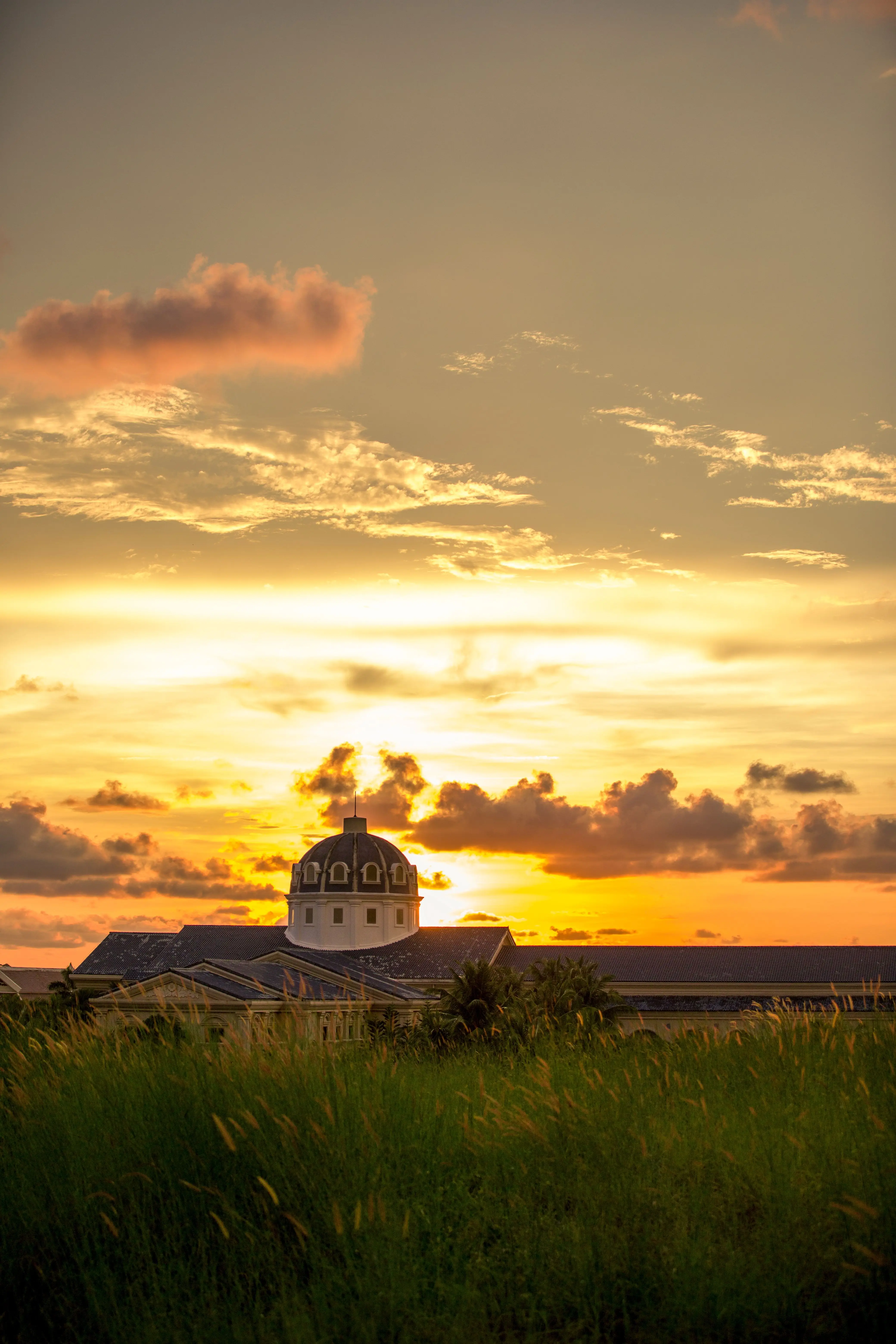Global Travel Information
Manú National Park, Peru
Manú National Park, Peru: A Biodiversity Hotspot
Introduction
Nestled in the southeastern region of Peru, Manú National Park is one of the most biologically diverse places on Earth. Spanning over 1.5 million hectares, this UNESCO World Heritage Site encompasses a vast range of ecosystems, from Andean highlands to lowland Amazon rainforests. Established in 1973, the park serves as a critical sanctuary for countless species, many of which are endemic or endangered. Beyond its ecological significance, Manú is also a cultural treasure, home to indigenous communities that have lived in harmony with nature for centuries.

This article explores the unparalleled biodiversity of Manú National Park, its unique ecosystems, conservation efforts, and the challenges it faces in an ever-changing world.
The Ecological Wonders of Manú
1. A Mosaic of Ecosystems
Manú National Park is divided into three distinct zones, each supporting a different array of flora and fauna:
-
The Andean Highlands (Puna and Cloud Forests): At elevations above 3,500 meters, the park’s highlands are characterized by grasslands and stunted forests. Here, species like the Andean fox, spectacled bear, and the rare Andean cock-of-the-rock thrive. The cloud forests, draped in mist, host orchids, bromeliads, and countless bird species.
-
The Montane Forests: As the elevation drops, the landscape transitions into lush montane forests. This zone is a hotspot for biodiversity, with jaguars, ocelots, and the elusive giant otter making appearances.
-
The Lowland Amazon Rainforest: The heart of Manú, this region teems with life. Giant kapok trees tower over the canopy, while macaws, tapirs, and capybaras roam below. The Manú River, a tributary of the Amazon, sustains this vibrant ecosystem.
2. A Refuge for Wildlife
Manú is home to an astonishing number of species:
- Mammals: Over 200 species, including jaguars, pumas, giant anteaters, and 13 species of primates.
- Birds: More than 1,000 bird species—10% of the world’s total—including the harpy eagle and the vibrant scarlet macaw.
- Reptiles and Amphibians: Poison dart frogs, anacondas, and black caimans inhabit the park’s waterways.
- Insects: Countless butterflies, beetles, and other invertebrates contribute to the park’s ecological balance.
One of the park’s most famous residents is the giant river otter, an endangered species that relies on Manú’s pristine waterways for survival.
3. Flora: A Botanical Paradise
The plant diversity in Manú is equally staggering. The park contains:
- Over 15,000 species of flowering plants.
- Hundreds of orchid species, some found nowhere else.
- Medicinal plants used by indigenous tribes for generations.
The towering trees of the lowland rainforest create a multi-layered canopy, supporting epiphytes, vines, and countless symbiotic relationships.
Indigenous Cultures and Conservation
1. The People of Manú
Several indigenous groups, including the Matsigenka, Yine, and Harakmbut, have lived in the Manú region for centuries. These communities possess deep ecological knowledge, using sustainable hunting and farming practices. Their way of life is intrinsically linked to the forest, and their presence is vital for conservation efforts.
2. Conservation Efforts
Manú’s protected status has helped preserve its ecosystems, but challenges remain:
- Scientific Research: The park hosts numerous research stations, such as the Cocha Cashu Biological Station, where scientists study wildlife behavior and ecological dynamics.
- Ecotourism: Carefully managed tourism provides economic benefits while raising awareness. Visitors must follow strict guidelines to minimize environmental impact.
- Anti-Poaching Initiatives: Rangers and local communities work together to combat illegal hunting and logging.
Threats to Manú National Park
Despite its protected status, Manú faces several threats:
- Deforestation and Illegal Logging: While the park itself is well-protected, surrounding buffer zones are vulnerable.
- Climate Change: Altered rainfall patterns and rising temperatures could disrupt delicate ecosystems.
- Poaching and Wildlife Trafficking: Rare species, such as macaws and jaguars, are targeted by illegal traders.
- Infrastructure Development: Roads and oil exploration near the park could lead to habitat fragmentation.
The Future of Manú
The survival of Manú National Park depends on global cooperation. Strengthening conservation policies, supporting indigenous rights, and promoting sustainable tourism are crucial steps.
For those fortunate enough to visit, Manú offers a glimpse into a world untouched by time—a reminder of nature’s grandeur and fragility. Protecting this treasure is not just Peru’s responsibility but a global imperative.
Conclusion
Manú National Park is a living testament to the wonders of biodiversity. From its misty cloud forests to its teeming lowland jungles, the park is a sanctuary for life in all its forms. As human pressures mount, the need to safeguard Manú becomes ever more urgent. By valuing and protecting this ecological gem, we ensure that future generations can witness the magic of one of Earth’s last great wildernesses.
相关文章
- Elbe River Glamping Sites: Luxury Camping Along the Banks
- Elbe River RV Parks: Stay in Your Camper Near the River
- Elbe River B&Bs: Cozy Accommodations with a Personal Touch
- Elbe River Hostels: Budget Stays for Young Travelers
- Elbe River Business Travel Guide: Meetings & Events Near the Water
- Elbe River Conference Venues: Spaces with River Views
- Elbe River Wedding Venues: Tie the Knot by the Water
- Elbe River Funeral Services: Respectful Locations Along the Banks
- Elbe River Volunteer Opportunities: Help Protect the Waterway
- Elbe River Conservation Efforts: How to Support the Environment
发表评论
评论列表
- 这篇文章还没有收到评论,赶紧来抢沙发吧~


